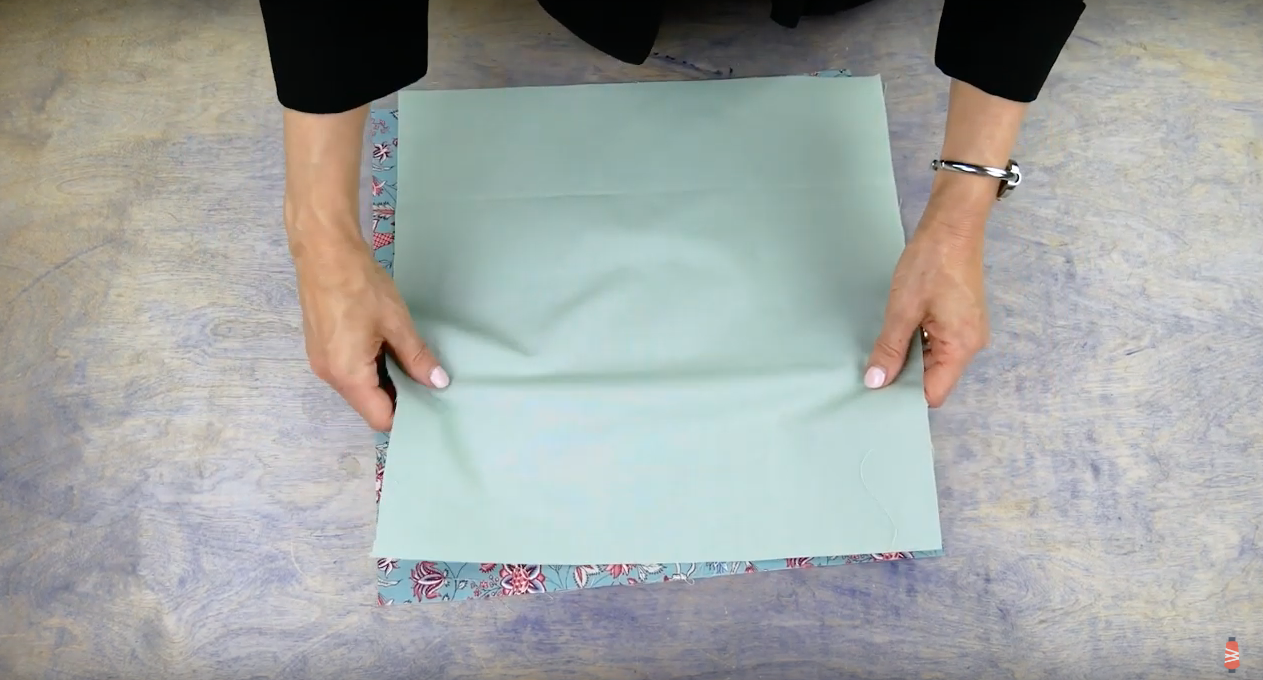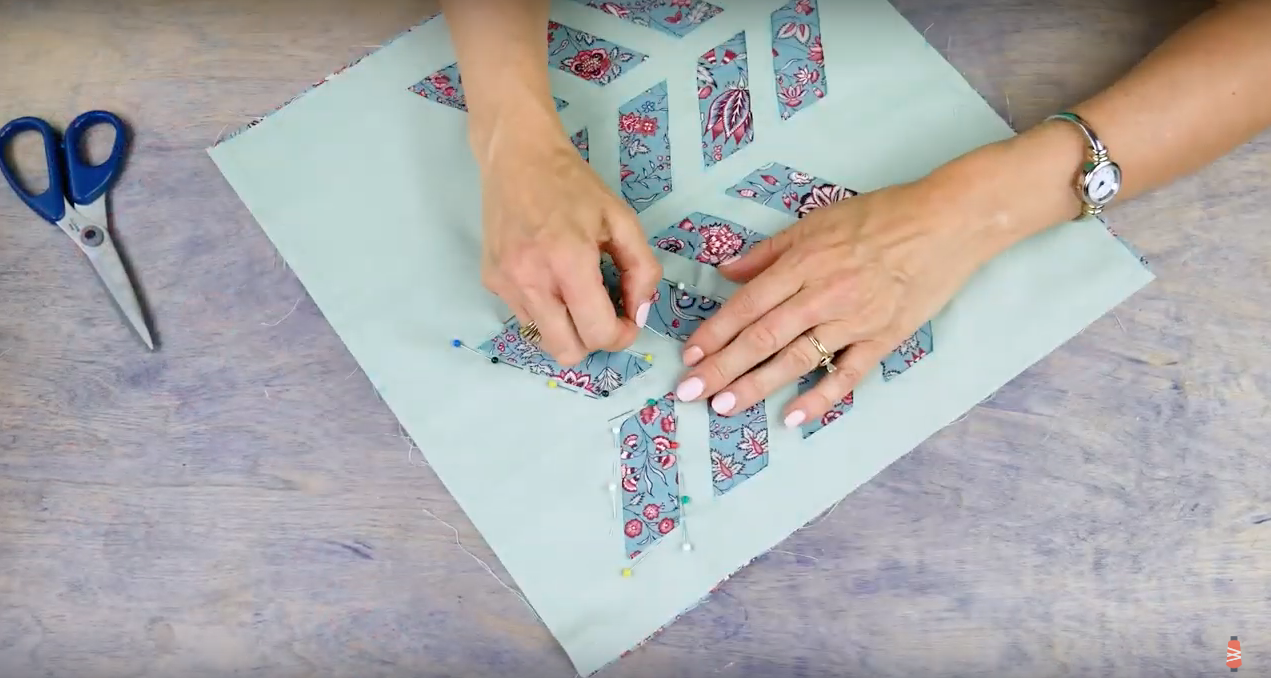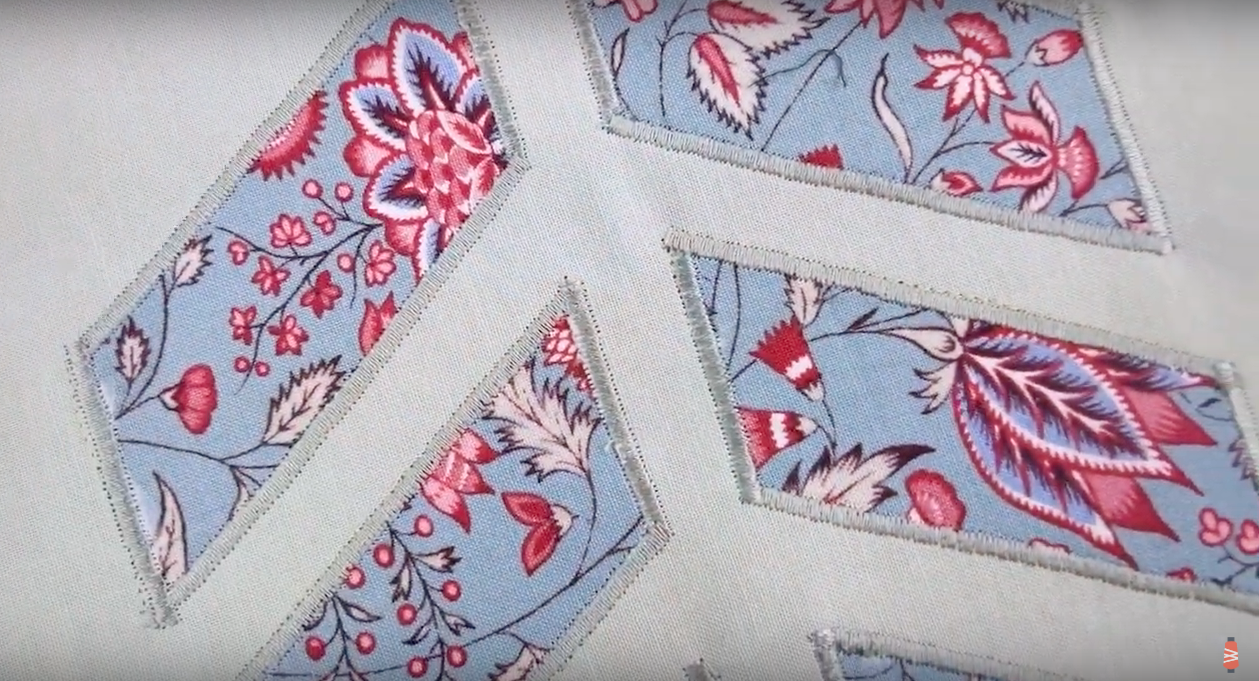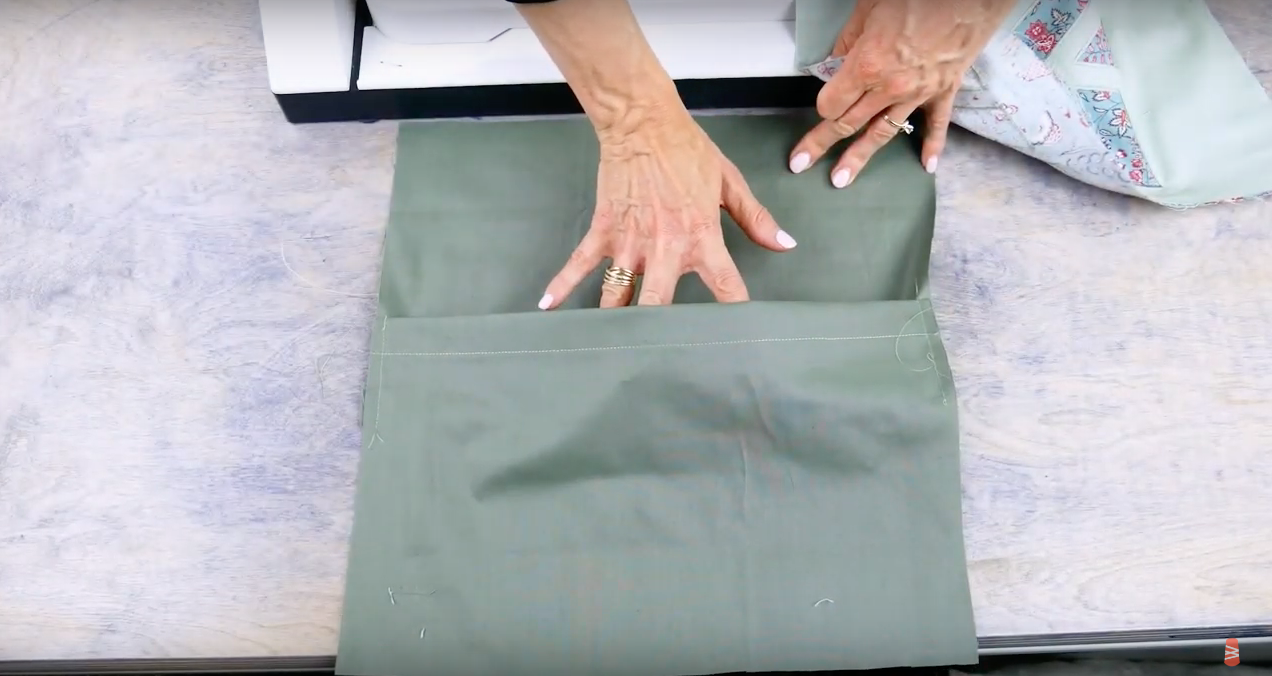Free 4th of July & Canada Day Iron-On Patch Tutorial!
Maura Kang
Making your own iron-on patches is easy and full of possibilities. This is the perfect way to get creative and personalize jackets, hats, backpacks, and even suitcases. We’re celebrating Canada Day and the 4th of July with these adorable iron on patches. We’ll show you how to make your own with these embroidery designs included free for download! Once these patches are complete, you can either sew them or iron them on to whatever you like.
Free embroidery design download: https://www.wonderfil.ca/embroidery-design
We are going to use a plain white canvas type material as our base. Denim also works well for patches, but you want to choose a fabric that is fairly firm and has some body.
For the stabilizer, we have chosen this sticky stabilizer to keep our canvas nice and flat. You could also choose to hoop your fabric with a good cut- away stabilizer. If you choose a sticky stabilizer or an adhesive spray, you may want to use a super non-stick needle, so your needle runs smoothly through the fabric.
We’re choosing to stitch our design with PolyFast. Polyfast is a 2 ply trilobal polyester thread that has a brilliant sheen, and it is strong enough to withstand a fair bit of abuse, should you decide to put the patch on a bag. Polyfast is available in 210 colors, so you can easily find the right color for every design.
We’ll pair it with this 80 wt DecoBob prewound bobbin, to keep the design soft and the tension consistent. We always recommend a fine bobbin thread like DecoBob, especially with embroidery designs, as it will give you a better stitch consistency with all of the dense stitching involved with embroidery.
You will also need some fusible web, such as Heat n Bond, and some Fray Check.
Hoop the sticky stabilizer paper side up in your hoop, then score around the edges with a pin and pull up the paper to reveal the sticky side. Smooth the base material over the center of the hoop. We are also going to float a heavier stabilizer under the hoop to give the patch a bit more body.
Open the design in your embroidery machine, thread your machine with the first color, then begin to stitch out the design, changing colors as indicated on the machine.
Once your design is completely stitched out, remove the fabric and stabilizer from the hoop and cut around the design, about 1/4” from the border stitching.
Turn your patch wrong side up, then place a piece of Heat n’ bond, paper side up and with the fusible side against your patch, and iron in place.
Now, with your patch right side up, run a bead of Fray check all along the border stitching line. This will help to keep the fabric edges from fraying once the patch is cut out.
When the Fray Check has dried, use a sharp pair of scissors to trim closely to the border stitches, taking extra care not to cut into the stitches themselves. Now run a second bead of Fray check along the edges, to further weld down any stray threads.
Once the Fray Check has dried, the paper backing can be peeled off the patch, so you can iron it on to your chosen article. You can then choose to stitch it down by hand for extra security, if you’re putting it on something like a bag or suitcase.
Adding patches to your clothing or bags is a fun way to add some whimsy to your style, and to show your patriotic spirit for Canada Day or Independence Day. Let us know in the comment section below what you like to dress up with patches! Inspired to sew with WonderFil threads? Find a store in your area that carries WonderFil at www.shopwonderfil.com/shop-local. You can also sign up for our free newsletter to receive more educational sewing tips, tutorials, and free patterns. Register by clicking here! We’ll see you again next time!


































































































